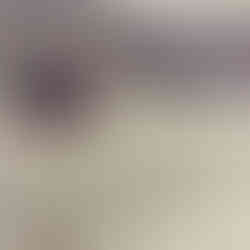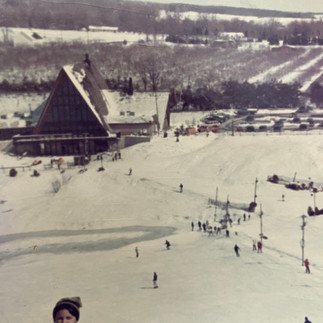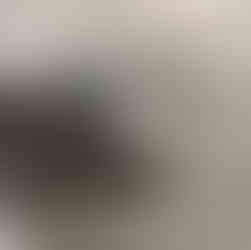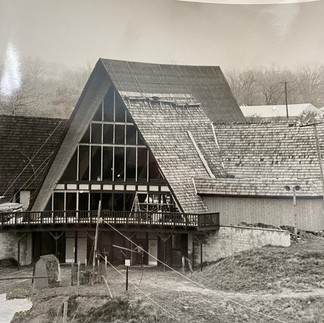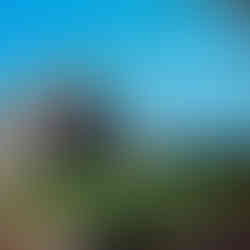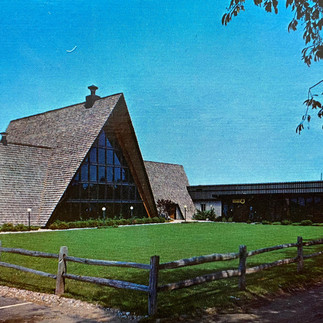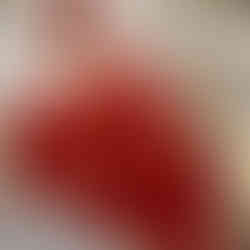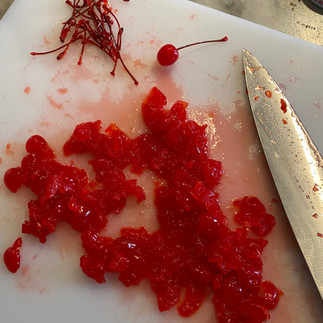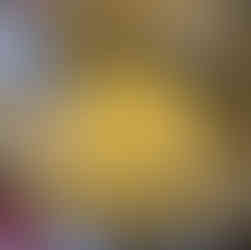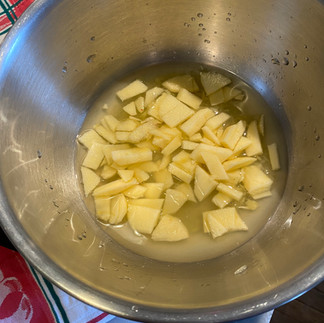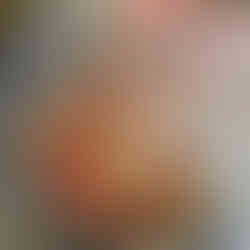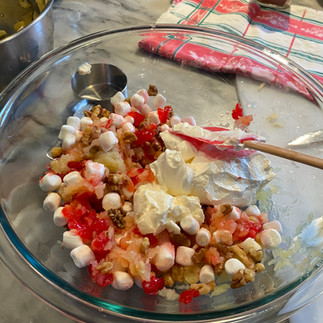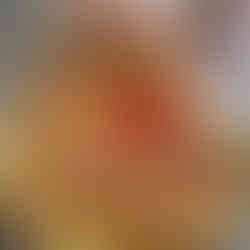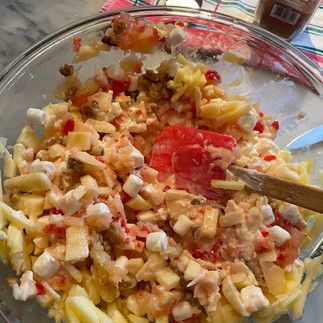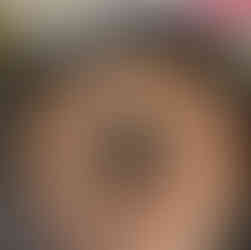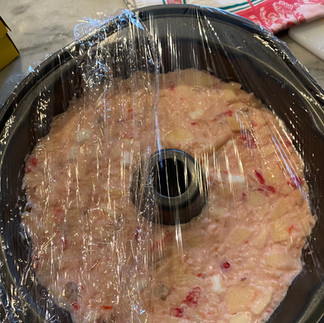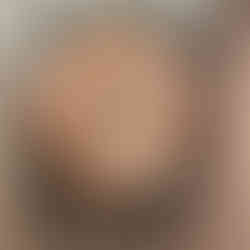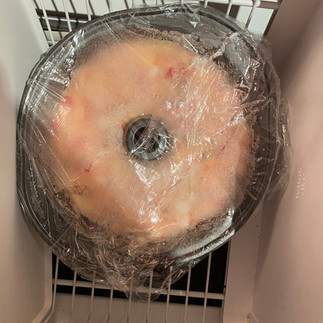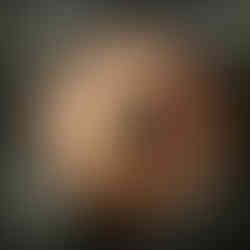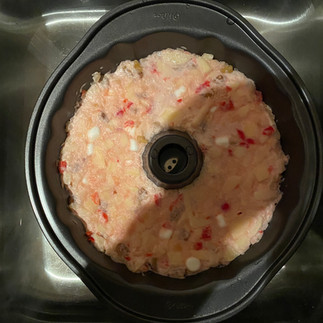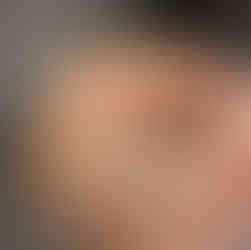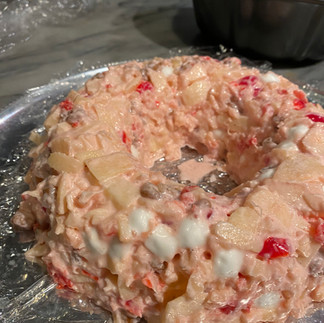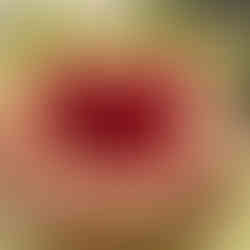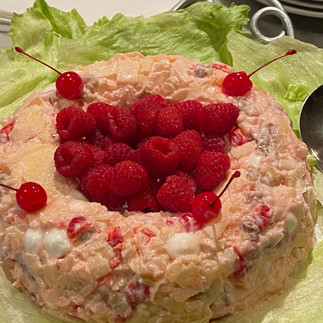“You’ll recognize the Apple Mountain Gift Shop, the Apple Mountain Country Store, Apple Mountain Fruit Farm and other ‘foothills.’ Then, following a well-marked dual-roadway through a beautiful orchard (in spring the fragrance of apple blossoms is indescribable) to an opening where every first-time visitor stares in disbelief.”
“There, like some monumental beehive is John Bintz’s mountain. In snowtime it is a popular ski-slope, ski-school and center for winter sports; in snowless periods it is just a bare but impressive slope. And nested at its base a steep-roofed complex of buildings, approximately a chalet-style, which houses a complete ski-shop, a cocktail bar and lounge, rooms for the convenience of skiers, but more to the point here, The Apple Mountain Steak House.”
--The Saginaw News, November 8, 1970.
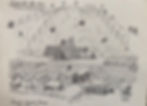
Bintz Apple Mountain Steakhouse opened in 1968, an integral part of the local ski resort
constructed by John and Joan Bintz in their--once flat--Thomas Township apple orchard. Housed in an A-frame building designed by the Saginaw firm of Spence, Smith and Forsythe Architects, the focal point of the dining room was a dramatic freestanding fireplace with a stainless-steel hood that soared 50 feet to the roofline.
When the restaurant was reviewed by James Henderson of The Saginaw News, he wrote:
“Architecture and décor do not make food, of course, but they have a great deal to do with the mood, comfort, service, and what experienced diners think of as a ‘conductive setting.’ “
--The Saginaw News, November 8, 1970.
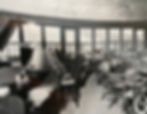
A 225-seat dining room featured a wall of glass overlooking the mountain. In winter months the action on the slopes competed with the drama of the architecture. Advertising “live charcoal, hickory smoked top choice steaks,” the food competed with both the view and architecture. The 1970 review noted: “Remember, this is exactly what its name connotes in terms of cuisine, a steak house. . . .The steaks come exactly as you order them, only passed through the heat waves for ‘real rare’ taste, or browned through and tender for the ‘well done’ devotees.”
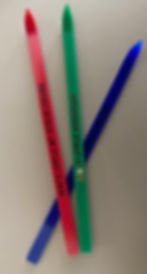
Of course, both the menu and the décor featured apples. As John Bintz noted: “apples are still the foundation.” However, ski-shaped swizzle sticks, suggest apples shared the limelight – at least in the Apple Mountain Steak House and the slopes - with skiing.
In 1994, the complex was sold. The original Apple Mountain Steak House was demolished, and the new owners constructed Kathleen’s at Apple Mountain.
To learn more about the history of Bintz’s Apple Mountain – and for another apple-based recipe, please check our earlier recipe post: Joan Bintz Hot Cider Punch:
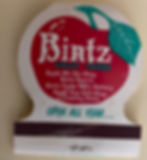
Just In case you are thinking of days even warmer than this New Year’s Day, an August 31, 1969, advertisement, touted the fact that Apple Mt. Steak House was air-conditioned and would serve dinner on Labor Day.
The Recipe: Apple Mountain Frozen Salad

An exhibit about Bintz Apple Mountain Steakhouse is nearing
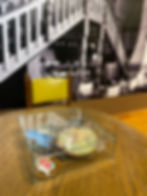
completion. While it uses artifacts and photographs to explore the history of the restaurant, it does not include samples. You will need to make your own Apple Mountain Frozen Salad. (We apologize, we cannot offer a table in our recreated Apple Mountain Steak House. Even the Castle Museum Test Kitchen followed best museum practices and did not stage the Apple Mountain Frozen Salad in the exhibit. However, the temptation did cross our minds.)
Recipe as it appears in Savoring Saginaw:
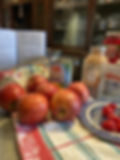
6 med. to lg. Cortland apples (be sure they're Cortlands because they won't turn brown as easily and freeze well) Can of crushed pineapple 1/4 c. sugar Sprinkle cinnamon 1 to 1 1/2 c. small marshmallows ½ c. walnuts ½ c. maraschino cherries, cut up 1 c. sour cream
1/4 c. mayonnaise
Drain pineapple. Cut up apples in pineapple juice and drain. Mix all ingredients.
Put in greased ring mold and freeze. Unmold and fill center with fresh raspberries or strawberries.
Note: The Apple Mountain Steak House opened in 1968 near Apple Mountain, a manmade ski slope built by John Bintz on what had been flat farmland.
Recipe Notes:
Comments about ingredients and equipment:
We used a 20oz can of crushed pineapple.
Although the Castle Test Kitchen prides itself in attempting to locate the specified ingredients and equipment, in this case, we failed. We could not readily locate Cortland apples and grabbed a bag of Gala Apples.
If you are interested in learning more about Cortland apples, the apples that should be used this in this recipe, this website will help.:
Although actual jello molds are available online, they are not readily available in many retail stores. After being reminded that the golden age of molded salads may have passed, we opted for using a Bundt pan.
Color:
The pale pink color of the finished salad was a surprise and is a result of the maraschino cherries. It is possible that some brands of cherries may contain less dye and would impart less color
Unmolding:
As you might have expected, this member of our test kitchen staff had difficulty freeing the frozen salad from its mold. We set the mold in warm water. Glared at it. Eventually, it came free.

